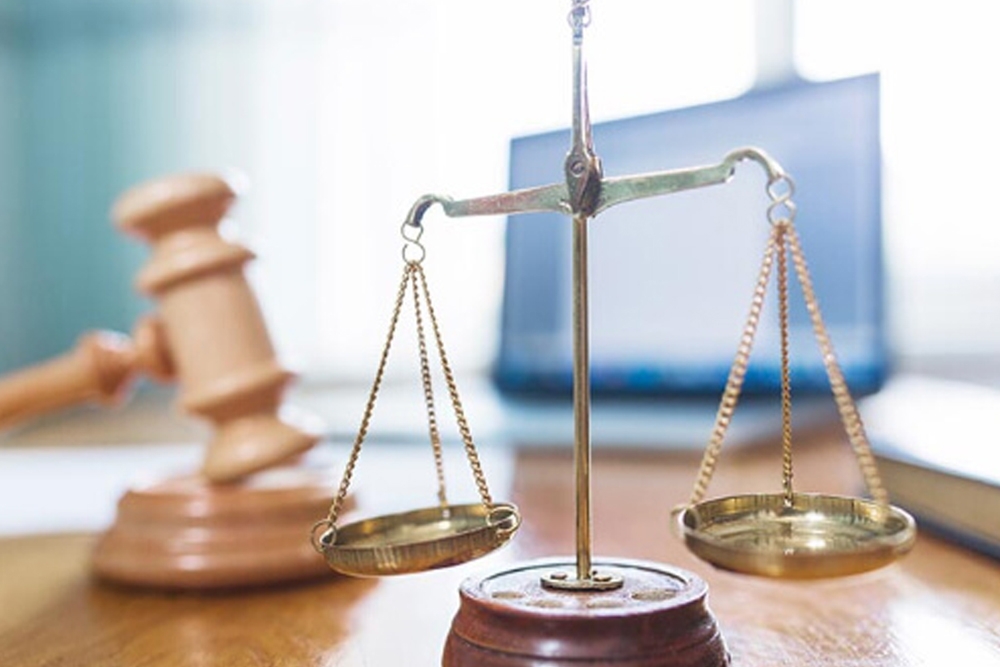Buying a Vehicle before Filing Bankruptcy

While having reliable transportation is important for most American families, it can be critical for a debtor in Chapter 13 bankruptcy. The average Chapter 13 case lasts three to five years, and during that time the debtor is prohibited from incurring additional debt without court approval. While it is possible to get court approval for a different vehicle during the bankruptcy case, it is not an easy process when factoring in a conservative bankruptcy court judge, the objection from the bankruptcy trustee, and the scarcity of lenders and auto dealers who will work with a debtor in bankruptcy. Consequently, a debtor who purchases a vehicle during bankruptcy often overpays for a vehicle he or she doesn’t want.
The answer for many debtors preparing to enter Chapter 13 bankruptcy is to finance a new vehicle before filing bankruptcy. There are several good reasons to do this, including:
- A newer vehicle is less likely to fail than an older vehicle, and a new vehicle has a “bumper to bumper” warranty that will last three to five years (or more). That means that the bankruptcy case will not fail because of an expensive vehicle repair, or the need to purchase a new vehicle.
- Many debtors can benefit from a new vehicle purchase on the bankruptcy Means Test. The Means Test calculates disposable income that is available to pay unsecured creditors (like medical bills and credit cards). For some debtors, the purchase of a new vehicle will qualify the debtor for Chapter 7 bankruptcy. For others, money that is spend on secured creditors (like a car payment), will reduce the amount available for unsecured creditors. For most debtors, the issue is simply this: would the debtor rather spend money buying a new car, or repaying credit cards during the bankruptcy case?
- The Bankruptcy Code generally allows a vehicle to be crammed down to value, unless it is purchased within 910 days of the bankruptcy filing. See Section 1325(a), hanging paragraph. While cram down is not available to modify the principle amount owed on a “910 vehicle,” most courts allow the interest rate to be modified. The U.S. Supreme Court has stated that the proper interest rate to use in a cram down case is about 2% over the prime interest rate (called the Till rate, after the case). See Till v. SCS Credit Corp., 541 U.S. 465 (2004). As an example, if a Chapter 13 debtor obtained a vehicle loan at 19% interest, the loan interest rate could be crammed down to a more reasonable interest rate. This rate may be discovered by contacting the local Chapter 13 trustee’s office, or it is often posted on the standing trustee’s website.
For many debtors, purchasing a new vehicle prior to bankruptcy is simply planning for bankruptcy success. The U.S. Supreme Court, in Milavetz, Gallop & Milavetz, P.A. v. U.S., 559 U.S. 229 (2010), specifically approved the idea of incurring a debt just prior to a bankruptcy filing, so long as the debtor intends to pay the debt in full and doesn’t incur the debt with a “bankruptcy motive.”
If the impetus in financing a new car prior to bankruptcy is a “bankruptcy motive,” the court will find that the debtor has not acted in good faith and the he (and his attorney) will be answering questions regarding abuse of the bankruptcy system. In order to stay on the “right side of the law,” a vehicle purchase on the eve of a Chapter 13 bankruptcy filing should be necessary, “sensible” (one judge quipped that he would not allow a debtor to keep a car nicer than his own), affordable, reliable, and meet the needs of the debtor’s family. Think of it this way: a $20,000 Ford Focus is fine, a $30,000 Toyota Camry maybe ok if it is within the debtor’s budget and means, and a $70,000 Lexus is not. See a common sense discussion of purchasing a new car on the eve of bankruptcy in the case of In re Wolf, No. 13-13174-BFK (Bankr. E.D.Va, October 3, 2013).
When purchasing a vehicle before bankruptcy, be mindful that the vehicle title must be recorded within 30 days in order to create a valid and enforceable lien on the vehicle (called “perfecting the lien”). See 11 U.S.C. § 547(c)(3)(B). If the debtor files bankruptcy and the lender records its lien after the 30 day period, the bankruptcy trustee may be able to set aside the lender’s lien as an avoidable preference and declare the vehicle free and clear. The trustee can then take and sell the vehicle. Section 547 offers the debtor a “safe harbor,” but only if the lien is recorded within 30 days of purchase, regardless of what the state law provides. See Fidelity Financial Services, Inc. v. Fink, 522 U.S. 211 (1998). To make matters worse, Section 522(g) prevents a debtor from claiming exemptions in voluntarily transferred property that the trustee recovers for the estate. See Russell v. Kuhnel (In re Kuhnel), 495 F.3d 1177 (10th Cir. 2007). The debtor may lose both the vehicle and any vehicle exemption in equity. This is certainly a grave penalty for the debtor, especially since the debtor did nothing wrong.
The solution to this trap is simple: before filing, ensure that the lender or lienholder has recorded its interest with the state Department of Motor Vehicles timely. Having a copy of the recorded lien for the bankruptcy trustee will help clarify the matter.
